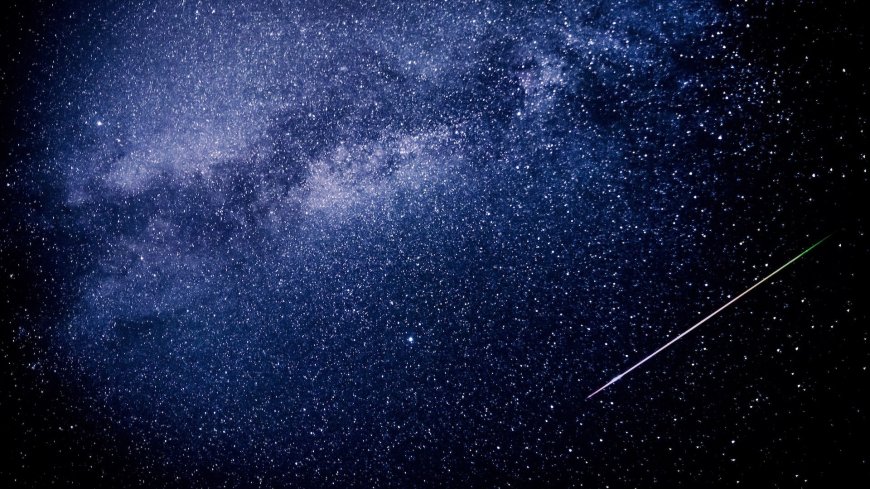Perseids 2025: Catch Shooting Stars Amid Moonlit Skies on August 12–13
The Perseid meteor shower peaks August 12–13, 2025. Despite an 84% moon, fireballs and bright meteors will still dazzle observers—here’s how to watch them best.

The annual Perseid meteor shower—one of the most widely anticipated celestial events—returns in 2025 with a spectacular peak on the nights of August 12 to 13. This year, Earth will pass through debris from Comet Swift–Tuttle, giving skywatchers a chance to glimpse dazzling meteors, despite a challenging bright moon.
When and Where to Watch
Known for its reliability and visual splendor, the Perseids will be active from July 17 through August 24, with peak activity expected late on August 12 into the pre-dawn hours of August 13.(turn0news31, turn0news18, turn0search35)
Typical meteor counts under ideal conditions can reach 60 to 100 per hour, often reaching up to 100–150 in historic years.(turn0news31, turn0search35, turn0search14)
Bright Moon: A Complicating Factor
This year’s visibility will be hindered by an 84% illuminated waning gibbous moon—a nearly full Sturgeon Moon. It rises before midnight and stays in the sky through dawn, washing out fainter meteors. As a result, expected sightings may drop to 10–20 meteors per hour, mostly the brightest fireballs.(turn0news15, turn0news19, turn0news20, turn0search1, turn0search5)
Still, bright Perseid fireballs and long, colorful streaks can shine through the moon’s glare—rewarding those who know when and where to look.(turn0news18, turn0news15)
How to Maximize Your Viewing Experience
Don’t let the moon deter you—successful viewing is possible with the right strategy:
-
Aim for early or late viewing windows: Pre-midnight or late-night (after moonlight subsides) may offer better contrast.(turn0news20, turn0search8)
-
Find a dark site: Locations away from city lights dramatically enhance visibility, especially of brighter meteors.(turn0news31, turn0news18)
-
Allow eyes to adjust: Spend at least 15–20 minutes in darkness and avoid bright screens to boost night vision.(turn0news21)
-
Look toward Perseus: The meteor shower radiates from the constellation Perseus. Use a stargazing app or simple star map to orient your gaze.(turn0search13, turn0search35)
Science Behind the Show
The spectacular display comes from Earth colliding with tiny comet fragments traveling at 37 miles per second, igniting streaks of light across the sky. Occasionally, larger chunks result in magnificent fireballs visible even under moonlit skies.(turn0search0, turn0news18, turn0search14)
This enduring meteor shower stems from debris dropped by Comet 109P/Swift–Tuttle, which orbits the Sun approximately every 133 years.(turn0search14, turn0search35)
The Perseid Experience: Majestic Evenings Under the Stars
Skywatchers across Texas can hope for 50–100 meteors per hour, especially during the early morning’s darkest moments.(turn0news19) In regions with minimal light pollution, Perseids can be seen without telescopes—just sit or lie back and enjoy.(turn0news18, turn0news31)
Even observers in urban settings may catch fireballs and vivid trails with patience and intentional viewing. The key? Embrace the moment and admire the unexpected.
Conclusion
Though the full-ish moon may dampen the Perseid meteor display, it cannot extinguish it. On the nights of August 12–13, with clear skies and dark horizons, expect to see bright meteors and stunning fireballs—proof that even under bright skies, cosmic wonders still shine through.











